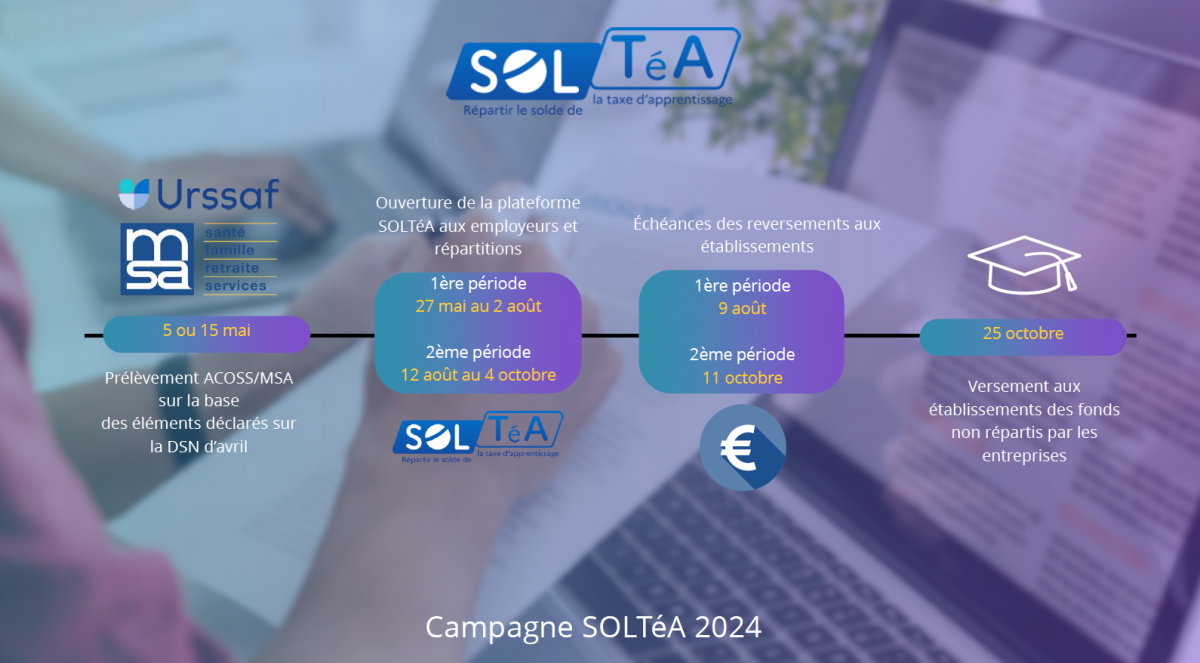 Interview of Ian Cherabier, class of 2015.
Interview of Ian Cherabier, class of 2015.
CentraleSupélec (CS): Ian, what is your academical background?
Ian Cherabier (IC): I entered CentraleSupélec in 2011 to complete a bachelor in engineering and start a Masters. After 3 semesters studying mathematics, physics, computer science and business management at CentraleSupélec, I spent an internship in NYU Poly studying image processing in a laboratory. After a gap year during which I worked in Information Technology consulting group during which I discovered the working environment of companies, I started my final year as a student of CentraleSupélec.
During this final year, we are asked to specialize ourselves, and I chose to follow a major in Applied Mathematics and Data Science. In the meanwhile, I also followed a Masters Of Science in Applied Mathematics for Computer Vision and Learning (MVA) at École Normale Supérieure (ENS) de Cachan. My education was completed recently with a research internship in the Computer Vision and Geometry group of Prof. Marc Pollefeys at ETH Zürich, where I had the opportunity to work as a research assistant on one of the projects of the group.
CS: Why did you chose the data science program? What was your motivation? What did you appreciate the most?
(IC): There are three main reasons that made me choose the data science program of CentraleSupélec. First of all it is a domain which requires a strong mathematical background. As I have always been fond of mathematics, I was given the possibility by selecting this program to follow classes of high mathematical level.
Then as we live in a world which draws much of its wealth, not only economical and financial but also in terms of knowledge, from information production, data science tools are more and more valuable. Many science fields, such as physics or medicine, need such tools in order to efficiently analyze the data produced by the experiments and the observations. By studying data science, I wanted not only to be able to handle such tools, but also understand where they come from and how they worked in order not to use them only as black boxes.
Finally, the data science program of CentraleSupélec is closely related to Computer Vision. I allows student to follow in parallel the Masters Of Science of ENS Cachan for Computer Vision and Machine Learning. Since it was a field that aroused my interest it contributed much in my decision to take the data science program.
One of the strength of the data science program is that it gives the same importance to the mathematical theory and its application. Thanks to the variety of classes, and the high level of the teachers, I really felt my skills in mathematics and data science improve. For instance it was of great help to quickly understand the new concepts I had to face during my final internship at ETH Zürich. The fact that most classes have to be completed with a project was stimulating.
CS: What did you interest yourself in the computer vision field?
IC: In 2013 I had the great opportunity to do a research internship in image processing at NYU Poly under the supervision of Prof. Ivan Selesnick. I worked on a project which consisted in developing algorithms to recover signals from sparse data, using the framework of compressed sensing, a powerful technique of signal processing. In the case of the internship the signals we were supposed to recover were images taken with Magnetic Resonance Imaging. I was especially fascinated by the way mathematical tools could be used to improve image rendering and thus help with their interpretation.
This gave me the idea to go one step beyond during my last year at CentraleSupélec and learn how to use mathematics to analyze and understand images. This is what Computer Vision and its applications are about, for instance when you consider such tasks as object recognition and tracking.
As trivial as it seems, one of the things that motivate me most with Computer Vision is its visual aspect. The possibility to visualize what you are doing with the mathematics is really enjoyable. The first time I implemented a face detector and obtained a ridiculous square around a face, I was really excited. The other aspect that fascinates me with Computer Vision are all the parallel that you can draw with human vision to interpret your algorithms. How mathematics help model the world has always been of great interest to me.
CS: Datascience, computer vision, could you explain what these two fields have in common?
IC: As explained previously, a lot of science fields use data science tools to improve their knowledge. In Computer Vision, where you are asked to analyze images, you need to be able to handle a lot of data, and thus you can see how data science can be useful.
However what is interesting with Computer Vision is that it often is a driving force in some domain of data science, especially in Machine Learning. The latter is branch of Artificial Intelligence in which we "teach" a computer, based on annotated data, to recognize patterns. This is exactly what we need to do in Computer Vision applications such as object recognition : teach a computer to identify say a cat from a dog. Computer Vision scientists often use the example of small children to illustrate this. During his or her first years a child sees a lot of different objects, animals or persons. This is why a 3 year old is eventually able to identify a cat from a dog, or happy face from a sad one. Giving such abilities to computer is far from being easy, and requires really powerful machine learning techniques. This is why Computer Vision also lead to many improvement in the field of data science. It is not a coincidence if the director of AI research at Facebook, Yann LeCun, comes from the Computer Vision community.
CS: Could you tell about your internship in ETH Zürich?
IC: At ETH Zürich I joined the Computer Vision and Geometry group of Marc Pollefeys. During the time I spent there, I worked as a research assistant on 3D reconstruction. This is a field of Computer Vision that consists in recreating 3D models of objects or scenes based on images. My project was about combining object recognition and 3D reconstruction, the idea being that both tasks can benefit from each other : if you know what you are reconstructing then you have an idea of its shape, and conversely if you know the shape of the object you are reconstructing then you have an idea of what it can be.
Technically I learned a lot in terms of computer science, mathematics and Computer Vision. During the internship I had the opportunity to use what I had learned at CentraleSupélec on a project that was both mathematically and technically challenging. It was also very instructive in terms of methodology since I learned what approach to use in order to evaluate new ideas. But most importantly it confirmed my great interest for Computer Vision.
CS: Could you also tell about your PHD programmed in ETH?
IC: I will start my PhD in the same group where I did my internship. I really enjoyed the project I worked on there, and it opened many possibilities to continue it. As my time there as an intern went very well and I was motivated by the project, it seemed to me that the most logical next step was to pursue with a PhD. The group being excellent in a field that I value a lot also convinced me that it was what I wanted to do next. Moreover the PhD appeared to me as the best way to remain both active and aware of the changes in a field that is currently in constant evolution. Eventually I also believe a PhD will be a great training in terms of methodology and autonomy in caring research projects.
CS: What are your professional aims after the PHD? What kind of activities are you interested in?
IC: When I entered CentraleSupélec I would never have imagined that I would start a PhD in ETH Zürich after my graduation. What influences most your career are the people you meet and the projects on which you end up working. So it is difficult to be sure what turn my career will take after the PhD. For the moment, I would say that I am interested in pursuing in the research group of a big company such as Google or Facebook. I think it would be the opportunity to apply what I would have learned during my PhD to their exciting projects.

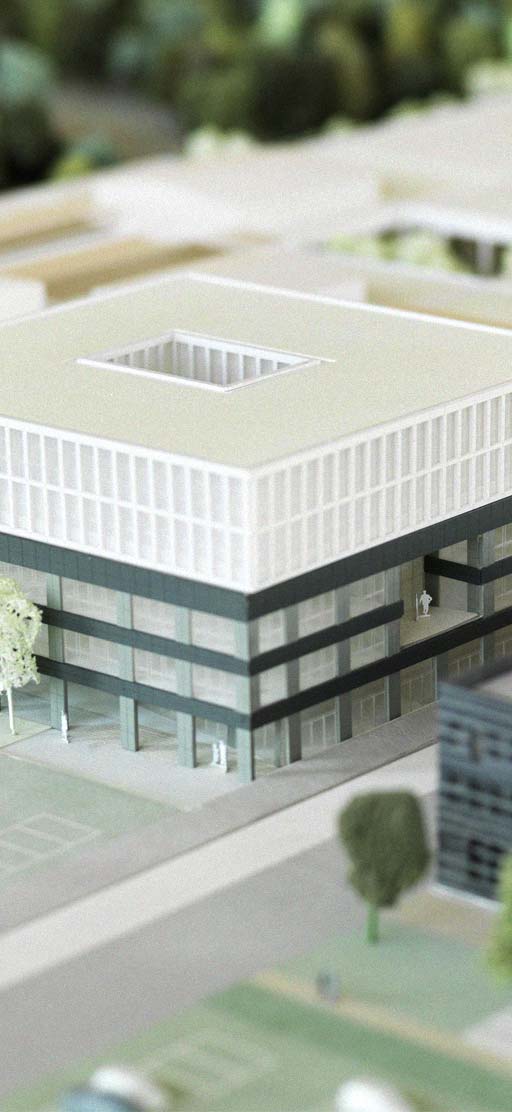

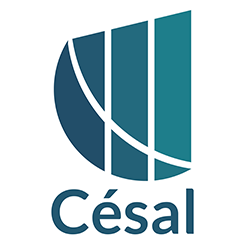
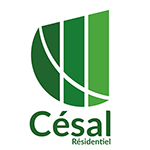


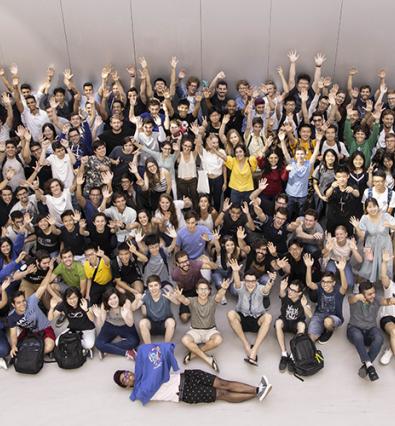


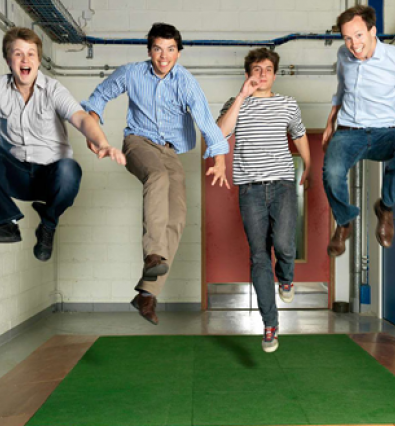
 Les frères Afshine et Shervine Amidi
Les frères Afshine et Shervine Amidi

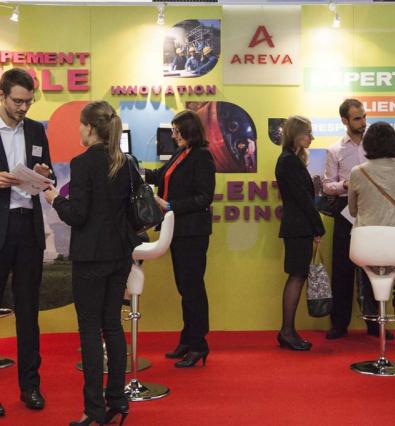
 Gautier DEPAMBOUR pour ses travaux dans les domaines culturels et sociétaux, réalisés pendant sa scolarité dans le cursus ingénieur centralien. La richesse et la pertinence de ses travaux (dans son activité musicale ou dans ses chroniques), inscrits dans un cadre para-scolaire, témoignent d'un investissement personnel remarquable et, qui plus est, mis au service de la communauté.
Gautier DEPAMBOUR pour ses travaux dans les domaines culturels et sociétaux, réalisés pendant sa scolarité dans le cursus ingénieur centralien. La richesse et la pertinence de ses travaux (dans son activité musicale ou dans ses chroniques), inscrits dans un cadre para-scolaire, témoignent d'un investissement personnel remarquable et, qui plus est, mis au service de la communauté.
 Alexis GODEFROY pour les résultats sportifs qu’il a obtenus durant une scolarité accomplie dans le cursus ingénieur centralien. Les performances sportives qu'il a réalisées cette année ont été jugées comme excellentes, étant donné le caractère récent de son engagement (un ou deux ans d’entrainement à hauteur de 4 ou 5 séances par semaine) et à la porte du haut niveau national. Le jury apprécie comme exceptionnel le fait qu'Alexis, champion de France universitaire de marathon, ait su concilier un parcours académique d'excellence et un projet sportif de haut niveau.
Alexis GODEFROY pour les résultats sportifs qu’il a obtenus durant une scolarité accomplie dans le cursus ingénieur centralien. Les performances sportives qu'il a réalisées cette année ont été jugées comme excellentes, étant donné le caractère récent de son engagement (un ou deux ans d’entrainement à hauteur de 4 ou 5 séances par semaine) et à la porte du haut niveau national. Le jury apprécie comme exceptionnel le fait qu'Alexis, champion de France universitaire de marathon, ait su concilier un parcours académique d'excellence et un projet sportif de haut niveau. Tristan Léger s’est distingué comme un étudiant extrêmement brillant en deuxième année du tout nouveau parcours recherche. Le jury apprécie comme exceptionnelle la manière avec laquelle Tristan a concilié ses études d’ingénieur, l’approfondissement de disciplines mathématiques de pointe et une implication entière dans un projet de recherche qui débouchera sur une publication scientifique. Son travail et ses capacités exceptionnels sont reconnus non seulement par l’école Centrale-Supelec mais également à l'échelle internationale par la très sélective Université de New York, qui lui offre à partir de septembre 2015 un financement de thèse de cinq ans en mathématiques pures au Courant Institute of Mathematical Sciences. Tristan contribue ainsi à la renommée de l’École en démontrant son aptitude à former et promouvoir de jeunes chercheurs en mathématiques pures.
Tristan Léger s’est distingué comme un étudiant extrêmement brillant en deuxième année du tout nouveau parcours recherche. Le jury apprécie comme exceptionnelle la manière avec laquelle Tristan a concilié ses études d’ingénieur, l’approfondissement de disciplines mathématiques de pointe et une implication entière dans un projet de recherche qui débouchera sur une publication scientifique. Son travail et ses capacités exceptionnels sont reconnus non seulement par l’école Centrale-Supelec mais également à l'échelle internationale par la très sélective Université de New York, qui lui offre à partir de septembre 2015 un financement de thèse de cinq ans en mathématiques pures au Courant Institute of Mathematical Sciences. Tristan contribue ainsi à la renommée de l’École en démontrant son aptitude à former et promouvoir de jeunes chercheurs en mathématiques pures. pour ses actions entrepreneuriales réalisées durant son cursus ingénieur centralien, en double diplôme avec l’ESSEC. Le jury estime que Maxime Renault a conduit avec succès plusieurs projets entrepreneuriaux durant son cursus ingénieur tels que "
pour ses actions entrepreneuriales réalisées durant son cursus ingénieur centralien, en double diplôme avec l’ESSEC. Le jury estime que Maxime Renault a conduit avec succès plusieurs projets entrepreneuriaux durant son cursus ingénieur tels que "  Maxime VAN DE MOORTEL pour les résultats académiques extrêmement brillants qu'il a obtenus pendant sa scolarité dans le cursus ingénieur centralien. Il a notamment su concilier à la perfection ses études d’ingénieur et son attirance profonde pour les sciences fondamentales. Par ailleurs, l’admission en PhD en Mathématiques Pures à Cambridge University après la 2e année du cursus ingénieur, soit un an avant le master, est appréciée comme exceptionnelle. Non seulement, très peu de places sont offertes par cette université reconnue comme l’une des meilleures au monde en Mathématiques fondamentales et Physique théorique, mais le jury d’admission s’est montré " exceedingly impressed " par la candidature de Maxime.
Maxime VAN DE MOORTEL pour les résultats académiques extrêmement brillants qu'il a obtenus pendant sa scolarité dans le cursus ingénieur centralien. Il a notamment su concilier à la perfection ses études d’ingénieur et son attirance profonde pour les sciences fondamentales. Par ailleurs, l’admission en PhD en Mathématiques Pures à Cambridge University après la 2e année du cursus ingénieur, soit un an avant le master, est appréciée comme exceptionnelle. Non seulement, très peu de places sont offertes par cette université reconnue comme l’une des meilleures au monde en Mathématiques fondamentales et Physique théorique, mais le jury d’admission s’est montré " exceedingly impressed " par la candidature de Maxime. 








 Interview of Ian Cherabier, class of 2015.
Interview of Ian Cherabier, class of 2015.
